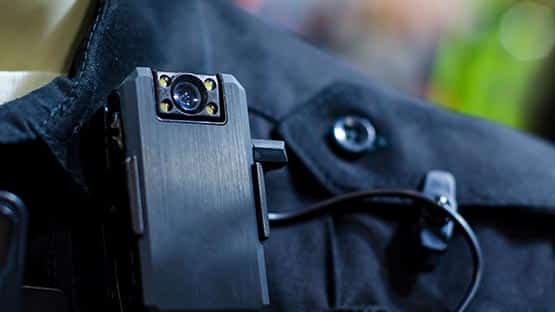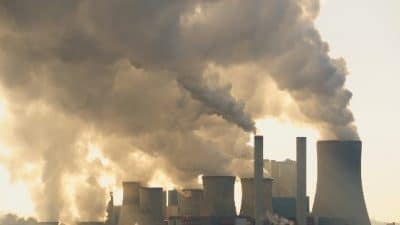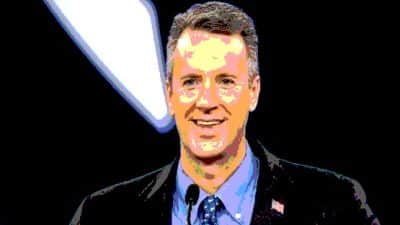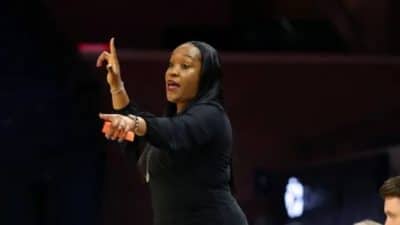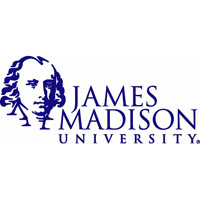
Among the highlights of the week is programming in the newly upgraded John C. Wells Planetarium and online video meetings with Dr. Jason Kalirai, project scientist for the James Webb Space Telescope, the $8 billion follow-up mission to the Hubble Space Telescope scheduled for launch in 2018; and an engineer from NASA/Langley who was a member of the entry/descent/landing of the Mars Curiosity Rover. Much of the week’s programming comes straight from NASA missions.
Students from Harrisonburg and Augusta, Page, Rockingham and Shenandoah counties are attending the camp, a collaboration between the department of physics and astronomy and JMU Outreach & Engagement.
“We seek to excite and inspire the next generation of scientists and engineers,” said Shanil Virani, director of the Wells Planetarium. “We will demonstrate to students that science is constantly changing, constantly uncovering new clues about why our Universe is the way it is, and not some other way. We will ask questions and then use the scientific method to try to answer them. We will investigate the size and scale of our solar system, learn more about the robotic exploration of it and learn more about our own planet Earth and our fragile environment.”



